Oboz Katabatic LT Lightweight Hiking Shoe Review
After testing both the Low and Mid versions of the Oboz Katabatic LT, these lightweight hiking shoes have become my go-to. In this review, I break down the fit, comfort, traction, waterproofing, and how to choose the best version for your adventures.
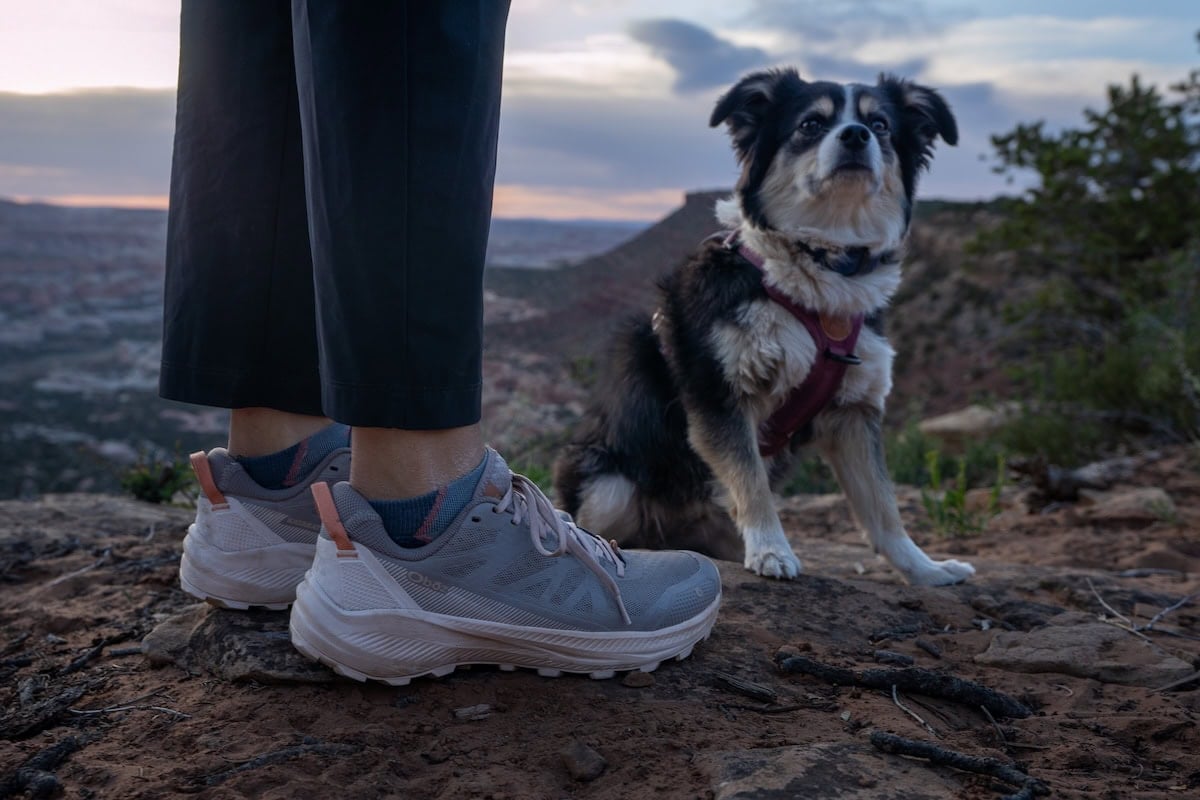
After more than a decade of hiking and testing all kinds of footwear, from heavy boots to trail runners, I’ve finally found a hiking shoe that checks every box. The Oboz Katabatic LT is, hands down, my favorite hiking shoe I’ve ever worn. Starting at a mere 1 lb, 3.8 oz per pair, the Katabatic LT (which comes in men’s and women’s) feels incredibly light on your feet, making it easier to move quickly and comfortably over long distances without sacrificing support.
I’ve been rotating between the Katabatic LT Low Non-Waterproof and Katabatic LT Mid Waterproof styles, and these two are now the only hiking shoes I have with me on the road. I’ve worn them on a variety of trails – including crumbly and unstable descents, root- and rock-filled forest trails, and shallow, muddy stream crossings. No matter the terrain or the load I’m carrying, the Oboz Katabatic LT feels light, stable, and ready for anything.
Here’s my full breakdown of the Katabatic LT line, including which models I recommend for different conditions and the pros and cons of each.
*This post is sponsored by Oboz Footwear. I’ve been wearing Oboz hiking boots since 2017, and I have yet to find another hiking shoe brand I love more. Based in Bozeman, Montana, I believe Oboz Footwear makes the most supportive, comfortable, and durable hiking footwear on the market. Plus, the people behind the brand are just as great as their shoes, and they plant a tree for every pair sold. I only recommend products I truly love and think you will love too. If you have any questions about the Katabatic LT, drop a comment at the bottom of this post!
This post may contain affiliate links.
Save this post!
Enter your email & I'll send this post to your inbox! You'll also receive my weekly newsletter full of helpful advice for planning your adventures.
Fit & Comfort
Right out of the box, the Katabatic LT felt like an extension of my foot. I didn’t need to break them in. My first day wearing the Mids, I hiked an 8-mile round-trip trail with over 2,000 feet of gain with no heel slipage, no hot spots, and no toe jamming on the way back down.
Since then, I’ve worn both the Low and the Mids for everything from short dog walks and errands around town to full-day hikes with a loaded backpack, and they’ve consistently kept my feet happy.
 Low / Non-Waterproof
Low / Non-Waterproof Mid / Waterproof
Mid / Waterproof
One thing I’ve consistently loved about Oboz shoes is their O FIT Insole, and the Katabatic LT is no exception. A lot of hiking shoes come with flimsy, flat insoles that break down quickly or need to be replaced right away, but Oboz includes a high-quality, sculpted insole that actually provides real support right out of the box.
I have relatively flat feet, and these insoles work great for me. The arch support is noticeable but not too aggressive, and the structured heel cup helps keep my foot stable, especially on long descents or uneven terrain. In all of my years wearing Oboz, I’ve never felt the need to swap them out for custom inserts.
I’ve also heard from hikers with medium and high arches who find the O FIT Insole comfortable and supportive. It has a balanced shape that works well for a variety of foot types.
The midsole cushioning is soft enough to absorb the pounding on rocky trails and long descents, but not so cushy that I lose touch with the ground. That balance really helps on varied terrain…I can feel what’s underfoot enough to stay agile and in control, but my feet don’t feel beat up at the end of the day.
As someone with narrow heels, I also appreciate how well the heel cup locks my foot in place. On steep climbs and uneven ground, that secure fit keeps my foot from shifting, which means no blisters and more confidence in my footing. The toe box has just enough space for my toes to splay. This is especially important on warmer days when my feet swell a bit or on longer days where I’m logging extra miles.
I wear a women’s size 9.5 in most hiking shoes, and the Katabatic LT fits true to size. That said, the non-waterproof version only comes in a standard width and has a mid-volume fit, which works well for my average feet. But if you have a wider forefoot or prefer more space, the waterproof Lows and Mids are available in wide sizes and may be the better fit.
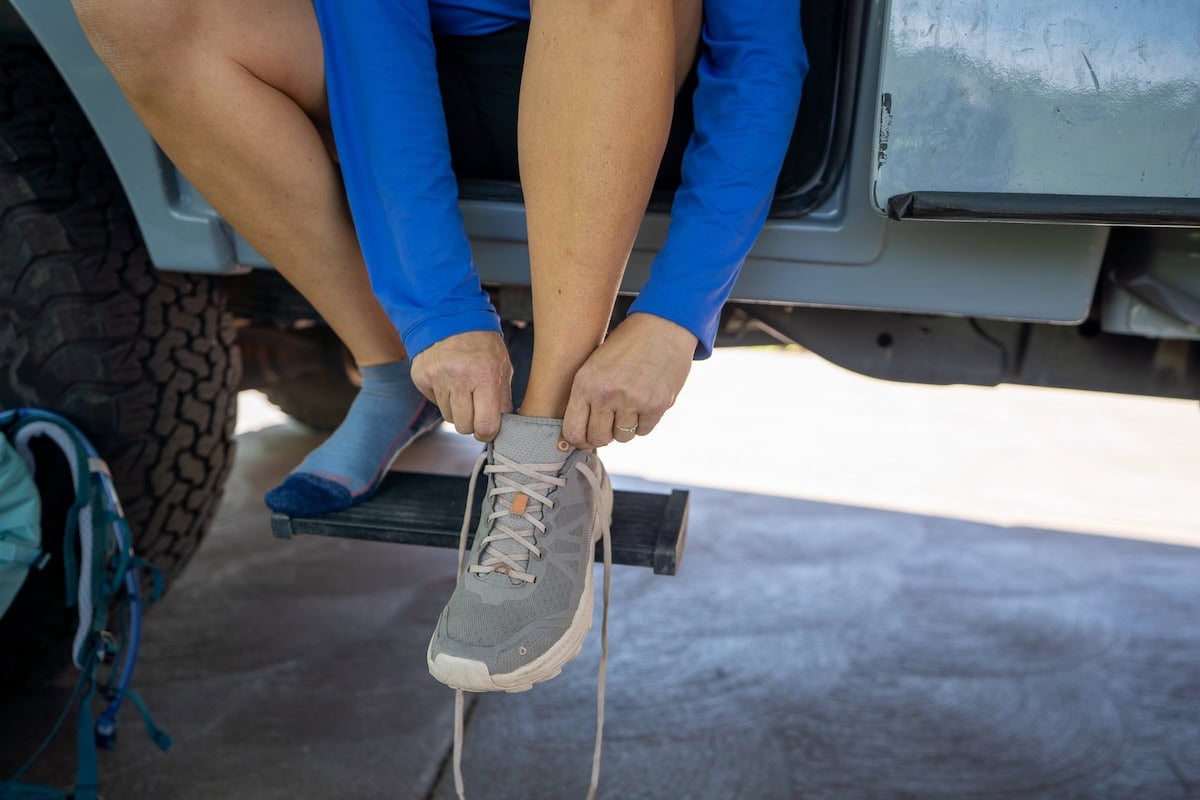
The tongue is thin and minimal, which helps cut weight, but it doesn’t provide a ton of cushion. This hasn’t given me any issues, but you may experience some discomfort if you aggressively tighten your laces.
The Mid version provides a noticeable boost in ankle support, which I’ve really appreciated on uneven trails or when I’m carrying extra weight. It’s not as stiff as a traditional leather hiking boot. The support feels more flexible and forgiving but still secure enough to give me confidence on rough terrain.
I haven’t taken them on a full backpacking trip yet, but based on how they’ve performed so far, I’d feel totally comfortable wearing them on a multi-day hike with an average loaded pack.
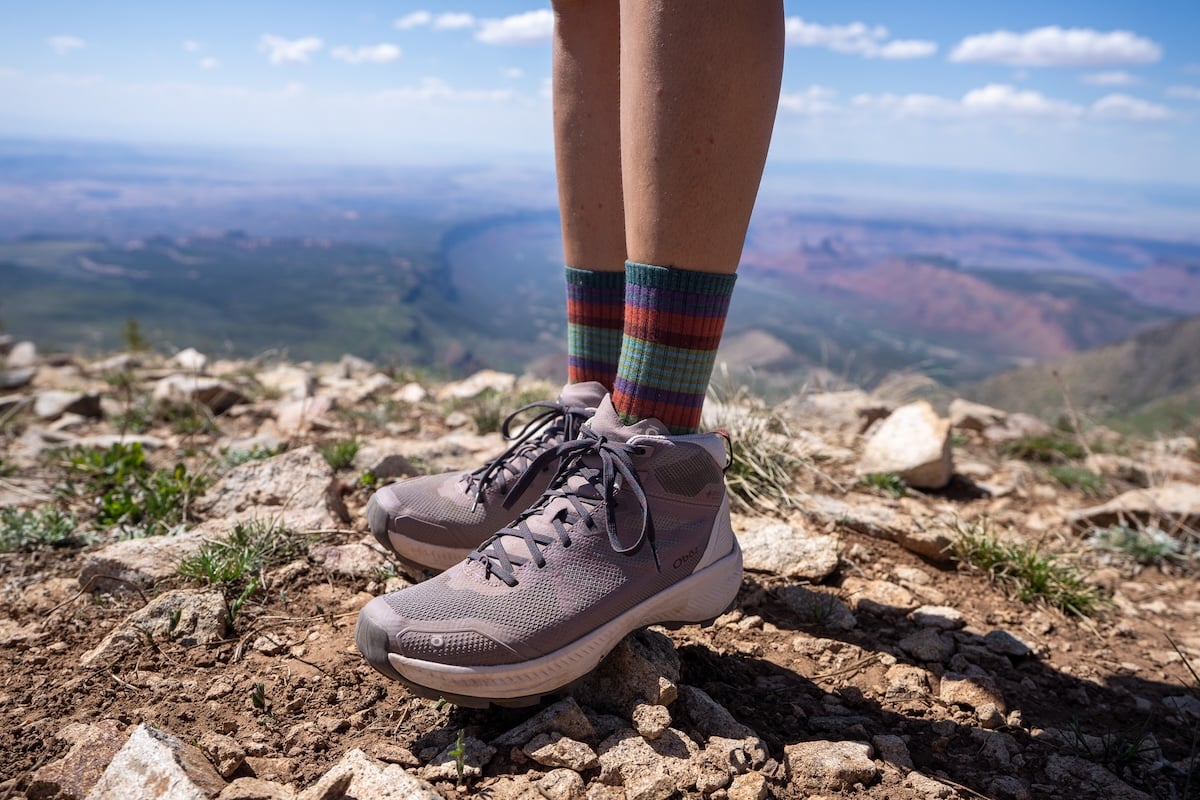
If you’re looking for a hiking shoe that can transition from quick local hikes to heavier, high-mileage outings – and still feel good at the end of the day – the Katabatic LT nails it.
Construction & Durability
One of the things I really appreciate about the Katabatic LT is how thoughtfully it’s built. It doesn’t feel overbuilt or clunky like some traditional hiking boots, but it’s still tough enough to handle real trails, not just groomed paths or flat terrain.
The upper is made from a durable recycled mesh that’s surprisingly rugged. I’ve brushed against sharp rocks, and the fabric hasn’t snagged or shown any signs of wear and tear.
There are seamless TPU overlays – that’s short for thermoplastic polyurethane, a super tough but flexible material – around high-wear areas like the toe, sides, and laces. Think of it as an extra layer of armor that helps the shoe keep its shape and resist scuffs, scrapes, and breakdown over time. And because it’s thin and lightweight, it adds durability without adding bulk or stiffness.
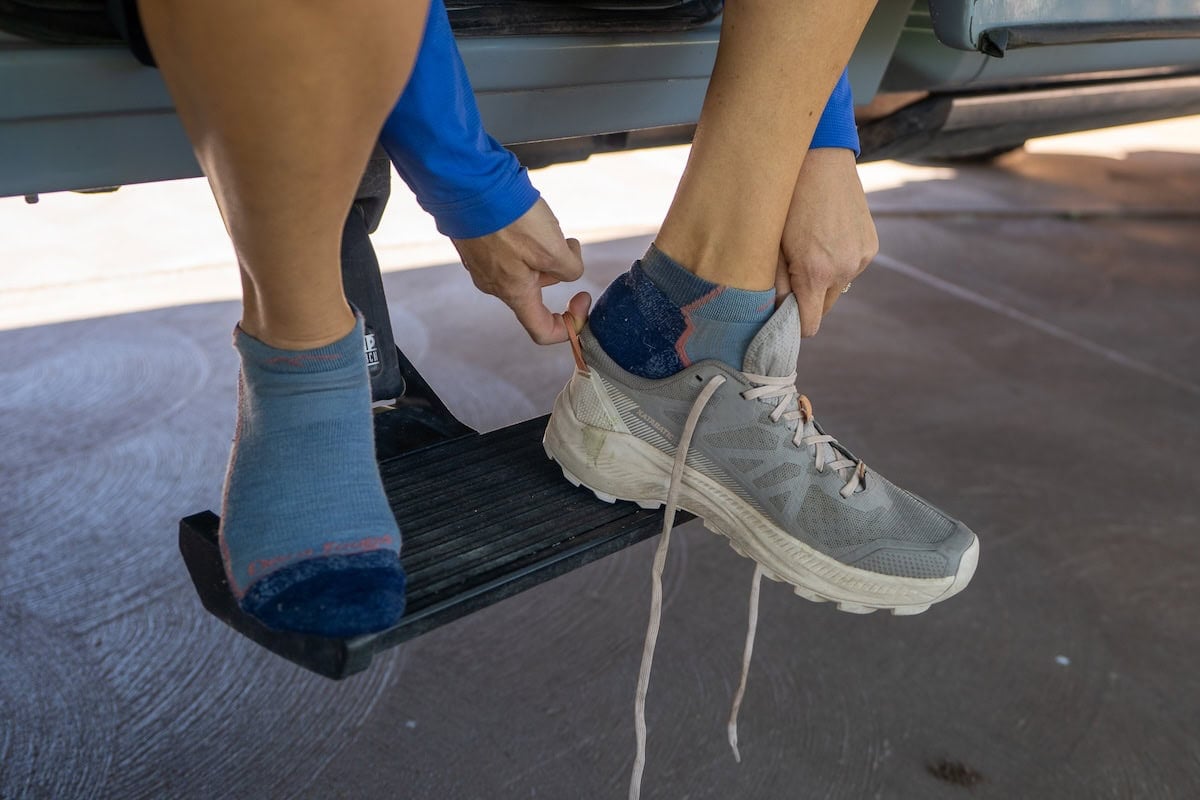
The heel and toe caps are reinforced with durable materials that help the shoe stand up to rough use. Whether I accidentally kick a rock or jam my foot between boulders on scrambly trails, they’ve done a great job protecting my feet. After months of wear, there’s no cracking, peeling, or separation.
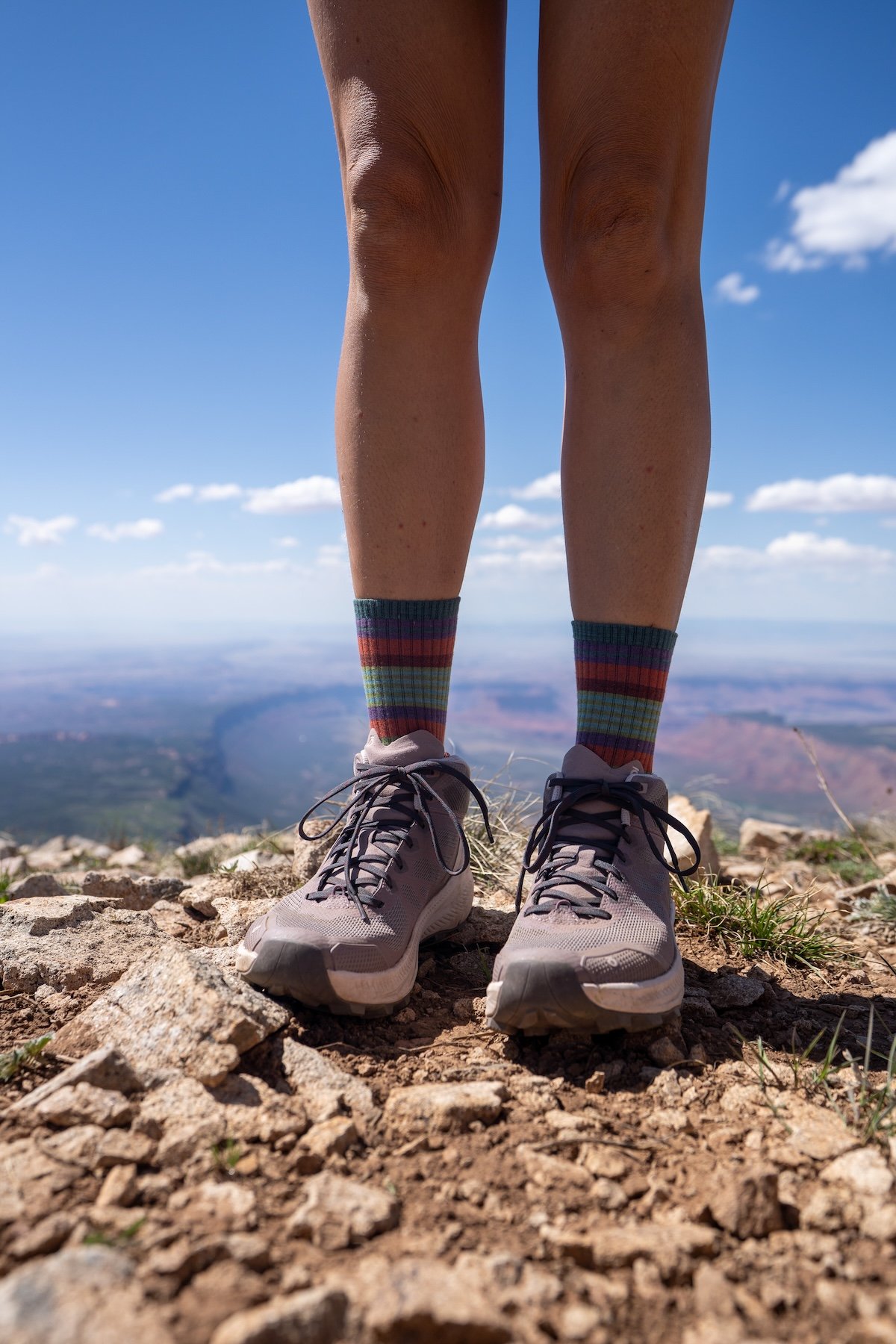
Underfoot, the outsole is made with grippy rubber and 5mm lugs that haven’t worn down, even after months of regular use. I’ve used these on rocky trails and gritty desert sand, and the tread still looks sharp and functional.
The midsole cushioning has also held up well. Some lightweight shoes start to pack out and lose their bounce after a few dozen miles, but these still feel just as supportive as they did on day one.
As someone who hikes a lot and wears these daily, the Katabatic LTs have proven they’re up for the challenge. They’re tough where they need to be and built with a level of detail that gives me confidence in their long-term durability.
Traction
Traction is one of the first things I notice in a hiking shoe, and the Katabatic LT has seriously impressed me. The outsole is designed with 5mm-deep lugs that offer a great mix of grip and flexibility. They’re not overly aggressive, but they bite into the trail when I need them to and shed mud better than I expected.
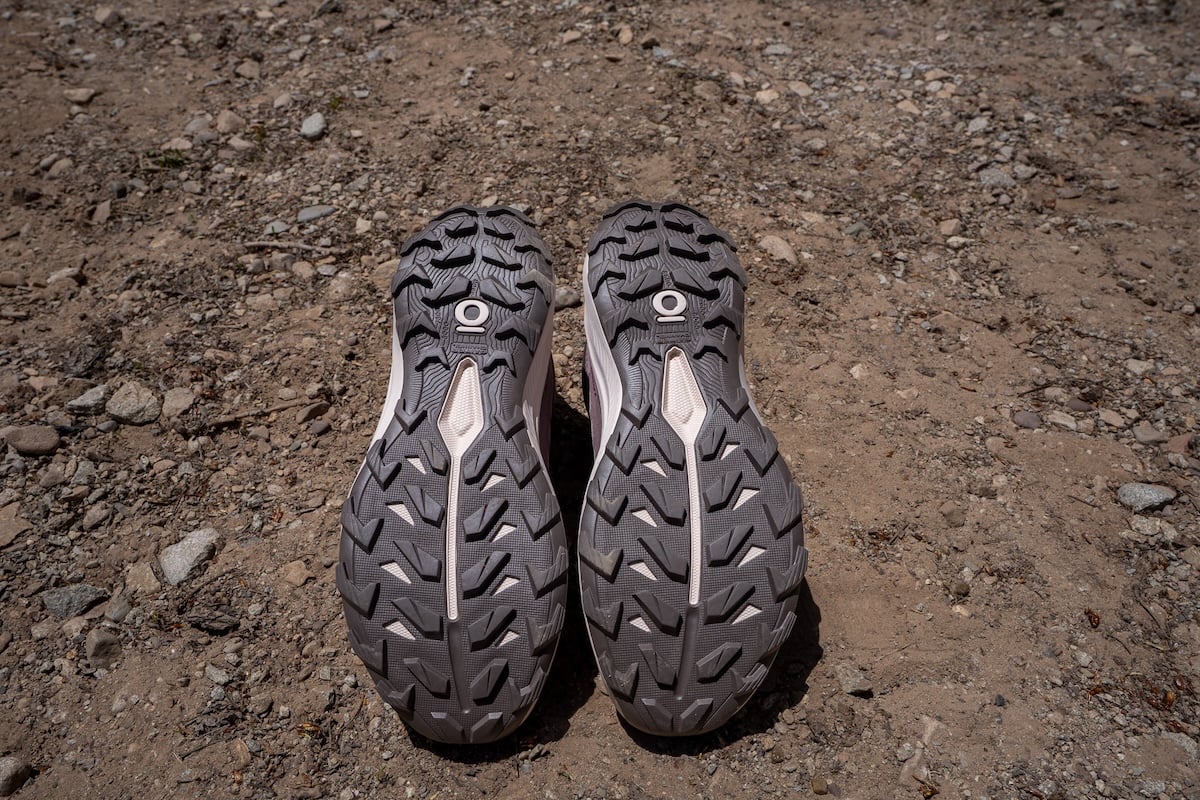
I’ve tested them on loose desert sand, dusty switchbacks, and rocky alpine terrain, and they’ve kept me upright in all of it. One of the standout moments was on a steep, loose trail near Salt Lake City. The kind where every step sends a little gravel sliding under your foot. I had a 20 pound pack on, and I fully expected to lose traction at some point, but the Katabatic LTs held firm the whole way down.
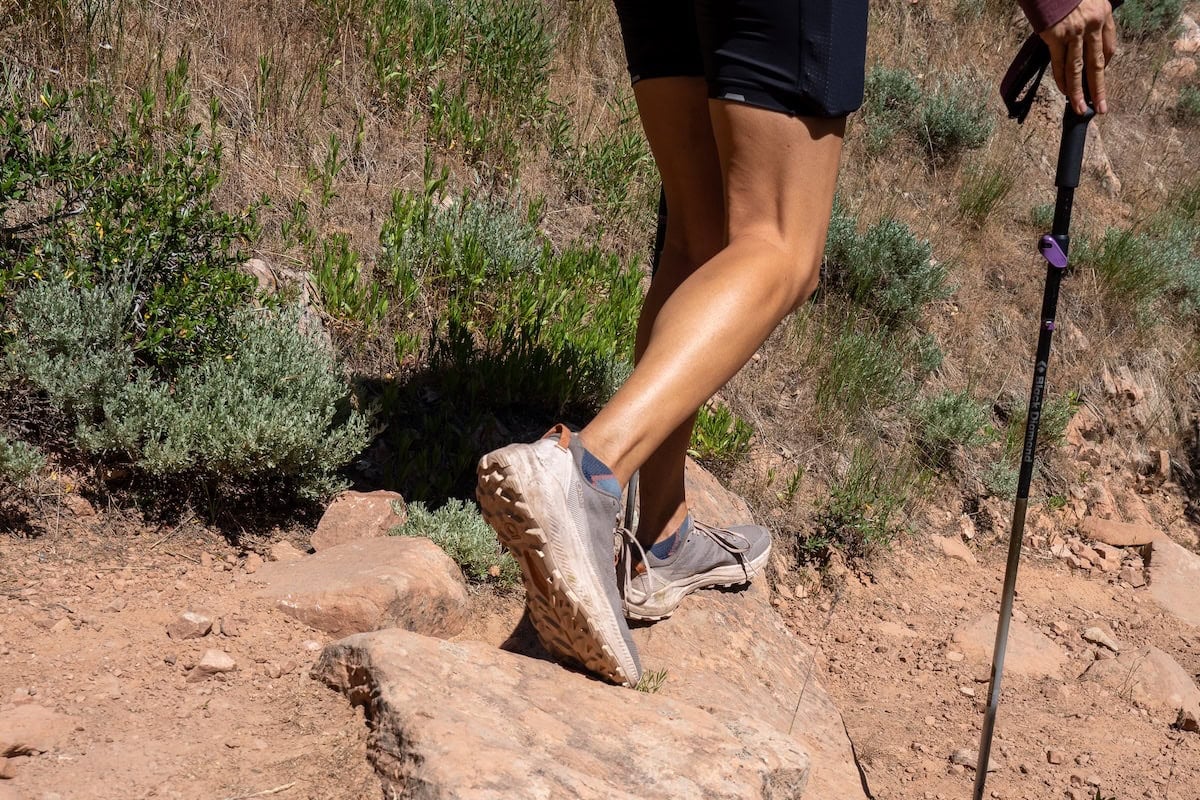
That said, I haven’t yet worn them on really wet, rocky trails, so I can’t speak firsthand to how they perform in those slick, slippery conditions. Based on how they’ve handled everything else (and how my previous Oboz hiking shoes have performed), I’d expect them to do well. However, I’ll update this review once I’ve had a chance to test them in true wet conditions.
Breathability
I’ve worn both the waterproof and non-waterproof versions of the Katabatic LT, and surprisingly, I didn’t notice a huge difference in breathability between the two – which I suppose could be considered a pro for the waterproof model.
Both styles use a breathable mesh upper, and the waterproof models feature GORE-TEX Invisible Fit, which is designed to integrate more seamlessly into the shoe’s construction – meaning less bulk and better airflow compared to older waterproofing tech.
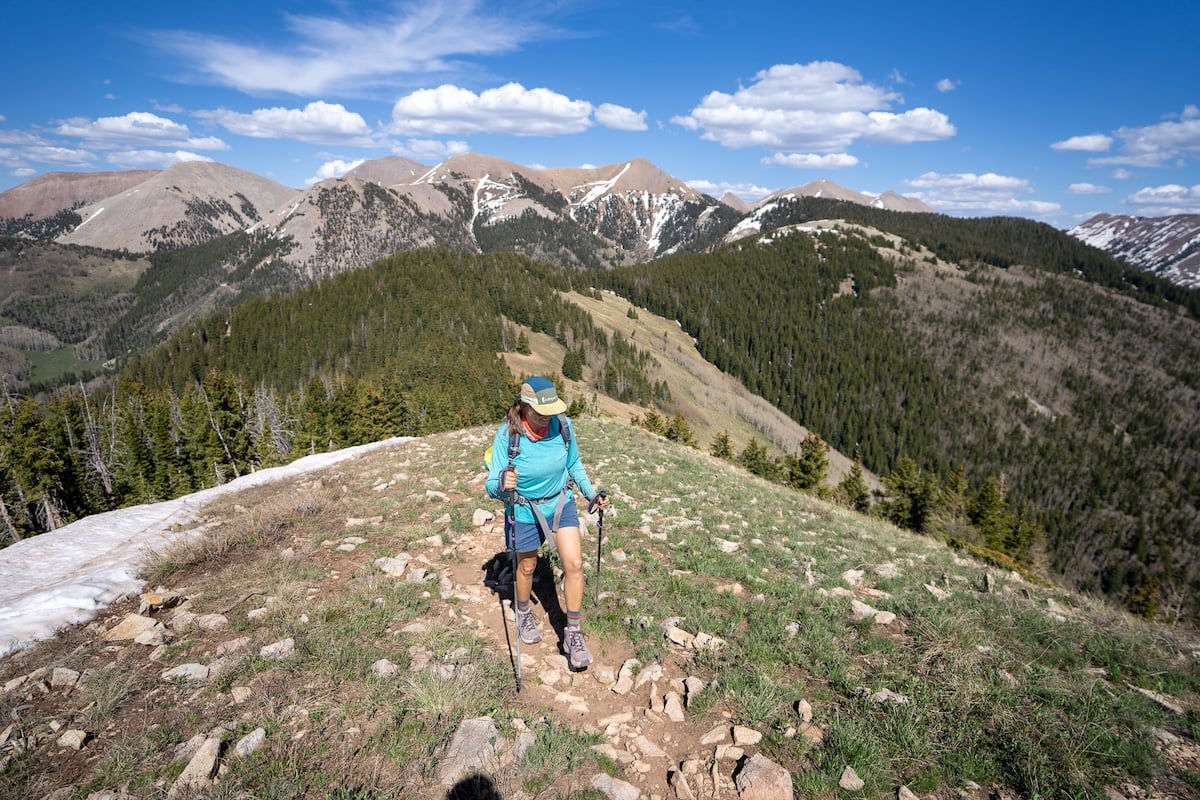
I’ve only tested the Oboz Katabatic LT in temps above 80°F, and both versions felt a little warm on those hot days. Not uncomfortably so, but enough that I was aware of the heat building up after a few miles. However, if you’re used to a more traditional leather hiking boot, either model is going to feel a lot less hot than that.
Waterproofing
Both the Low and Mid versions of the Katabatic LT are available with GORE-TEX Invisible Fit, a fully waterproof membrane that’s built into the shoe without adding bulk or too much weight.
I’ve been testing both versions. I got the non-waterproof Low specifically for warm, dry hikes where breathability is key, and the waterproof Mid for longer days in the mountains, especially when I might run into unpredictable weather or creek crossings.
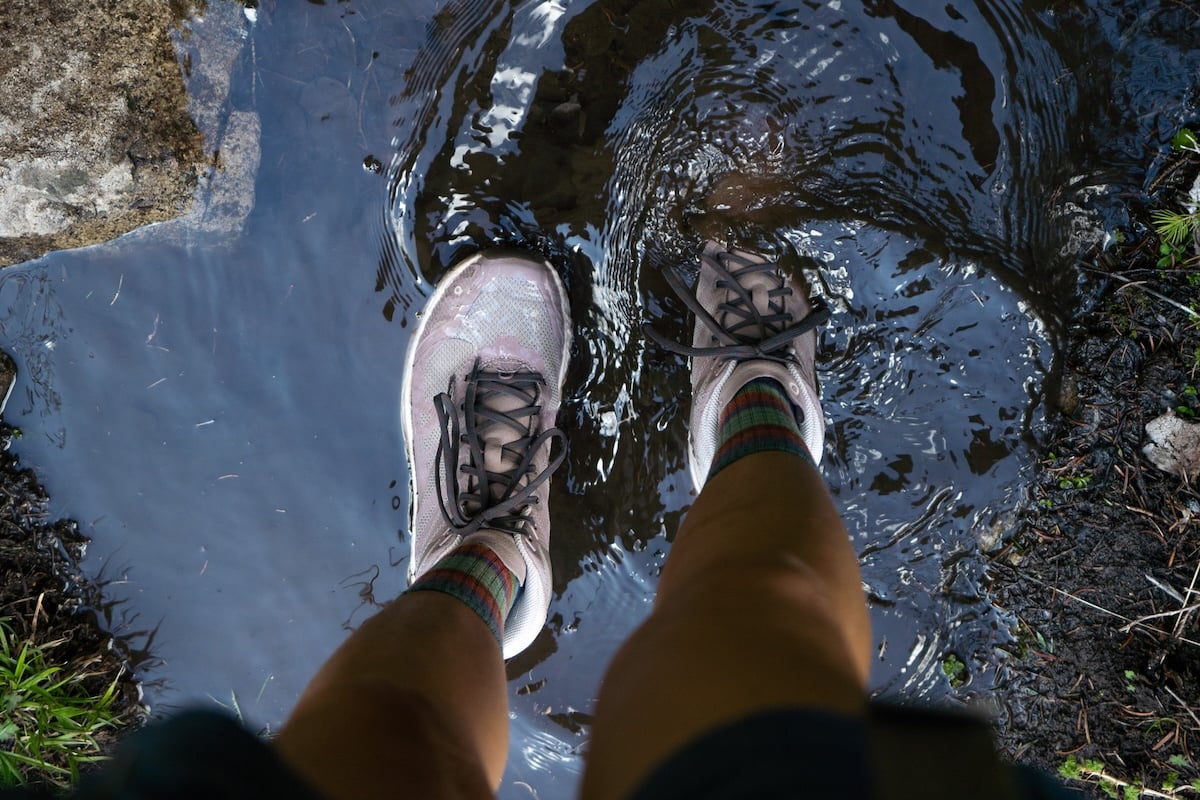
I haven’t worn the waterproof model in a full-on downpour yet, but I’ve walked through shallow streams, and they kept my feet completely dry—no seepage or soggy socks. You can see in the photo above that the water rolls off the shoe rather than saturating the material. This gives me full confidence that they can handle whatever weather gets thrown my way.
Once I have a chance to do a big hike in the rain with them, I’ll come back and update this with more on my experience.
Katabatic LT Model Comparison
So now that I’ve reviewed the different features of the Oboz Katabatic LT, you may be wondering which model makes the most sense for you. Here’s a simple breakdown to help you choose the version that fits best with how and where you hike.
Katabatic LT Low
My go-to for everyday hikes when I want to move fast and light
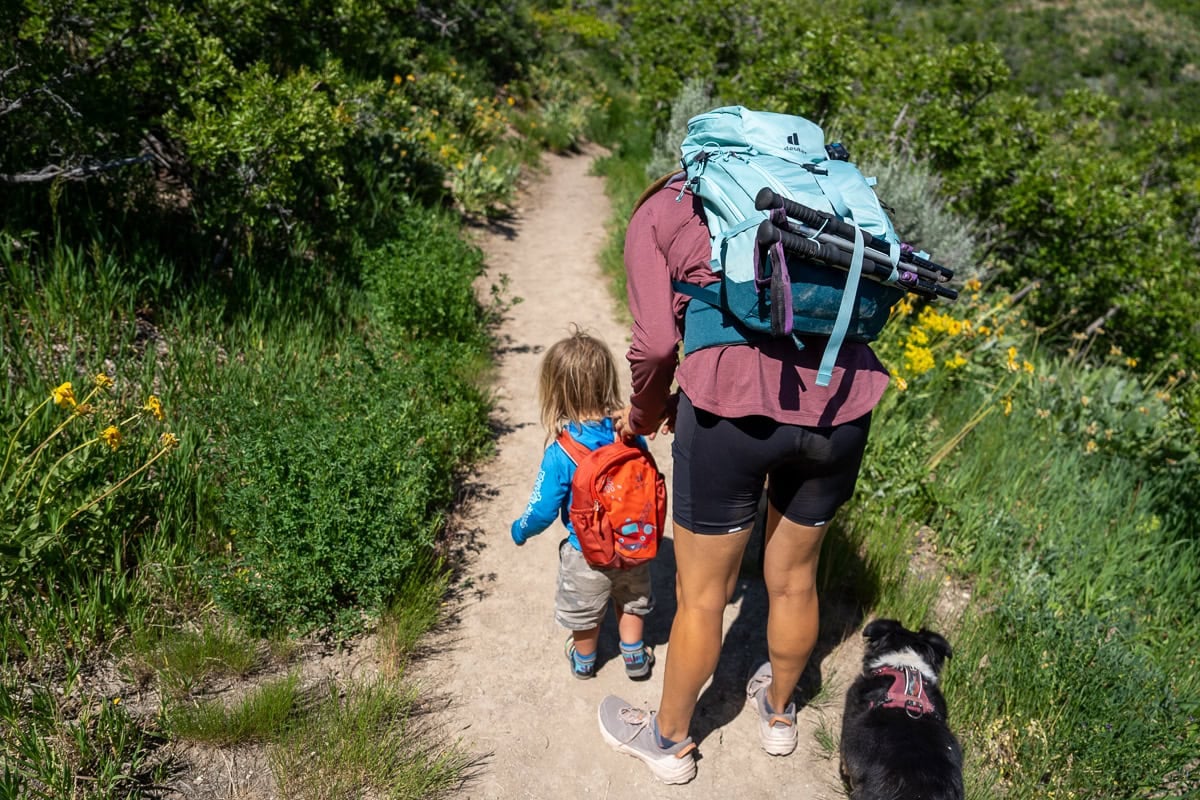
Katabatic LT Mid
Gives me more confidence when trail conditions are unpredictable or technical
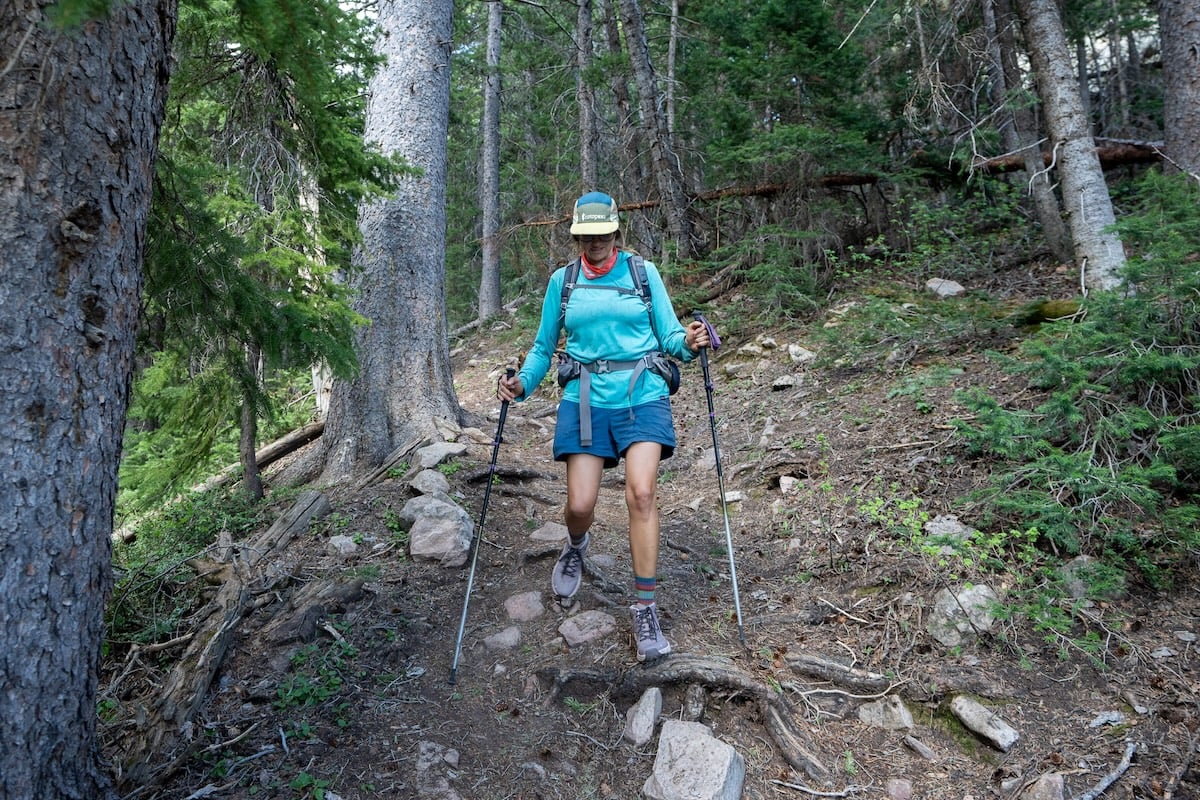
Waterproof (GORE-TEX Invisible Fit) Version
What I reach for when I want extra protection and peace of mind
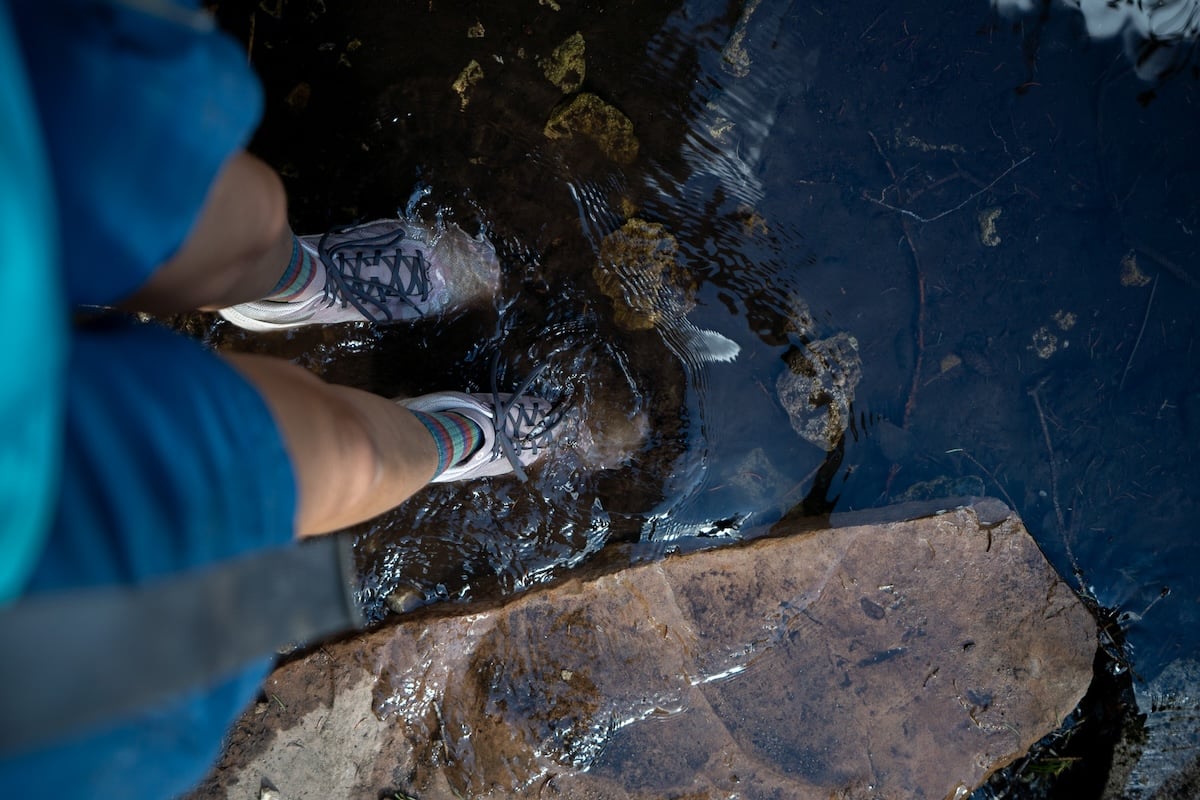
Non-Waterproof Version
My go-to for dry days when I don’t need the extra waterproofing
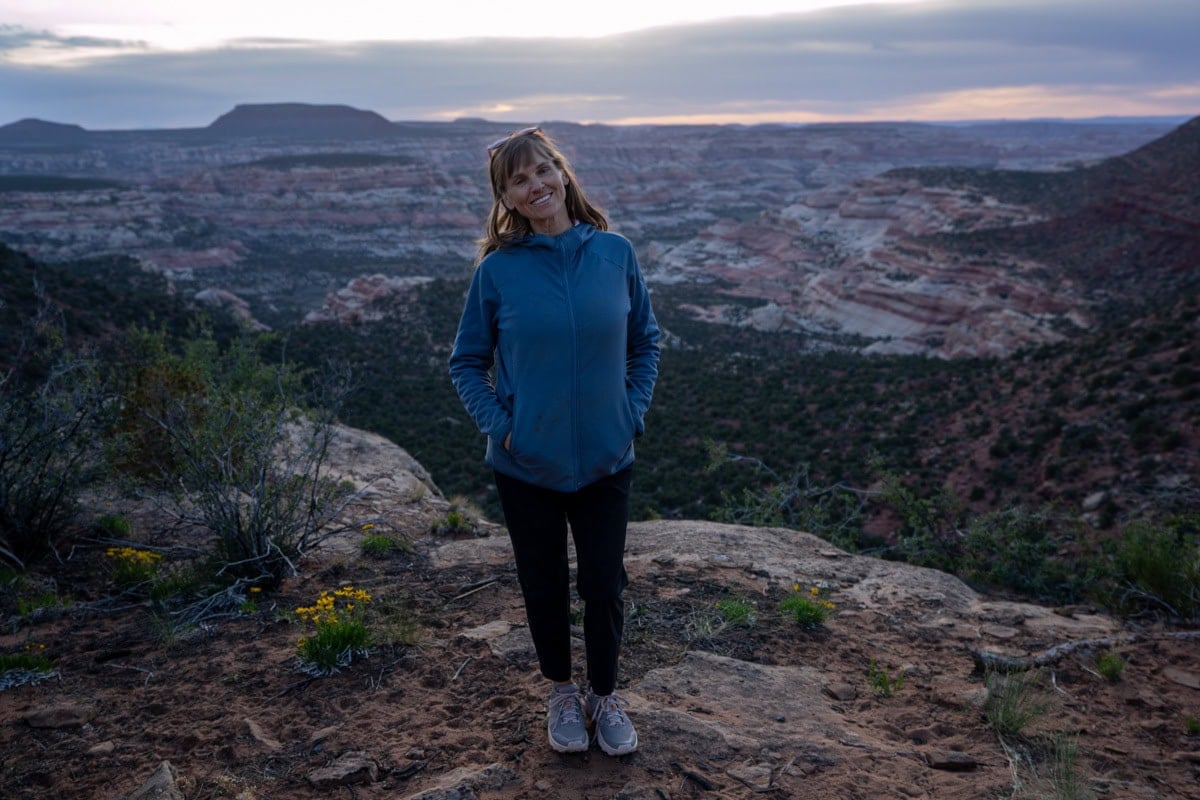
If you hike in a variety of conditions like I do, having both versions on hand makes it easy to match the shoe to the trip. But if you’re picking just one, think about the weather and terrain you hike in most often.
If you’re still unsure which version to get, I have a whole post that breaks down the differences between waterproof vs non-waterproof hiking shoes.
How the LT compares to the original Oboz Katabatic
If you’ve worn the original Oboz Katabatic, you already know it was a solid trail shoe. It was lightweight, cushioned, and supportive without the bulk of a traditional hiking boot. I wore the original for years and absolutely loved how it made my feet feel light and nimble, even on longer hikes. The original Oboz Katabatic was the first lightweight hiking shoe that made me question why I was still wearing traditional hiking boots.
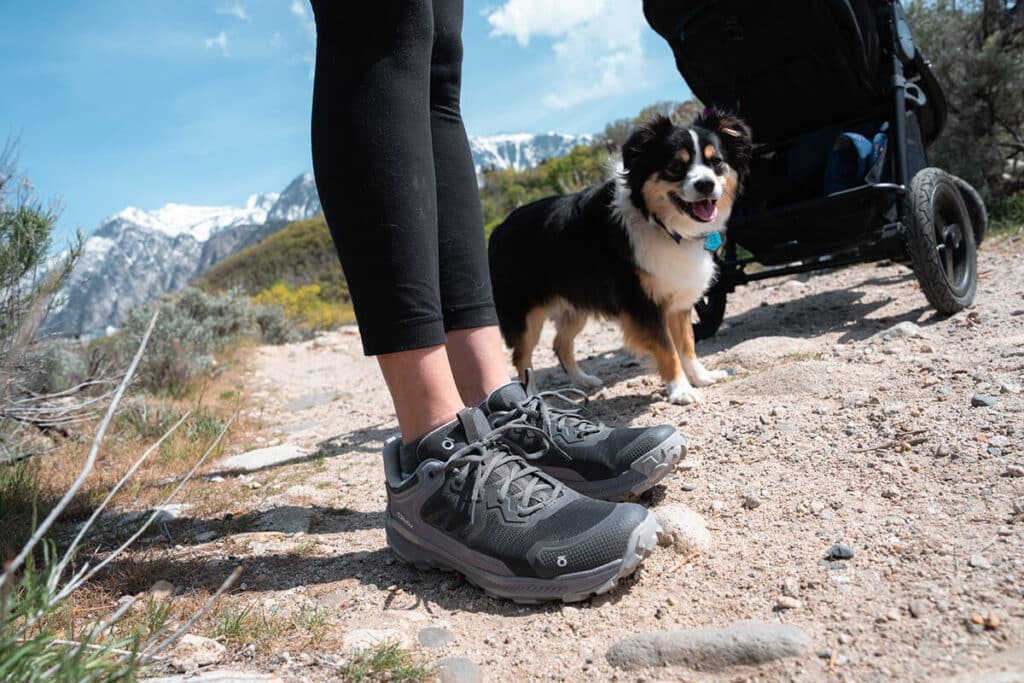
So I was curious (and honestly a little skeptical) when Oboz released the Katabatic LT. Could they really improve on something that already worked so well? Turns out they did.
In general, the LT has a more streamlined build, which gives it a sleeker, more athletic feel (and look) on the trail. The waterproof LT version is also a few ounces lighter and more breathable than the original waterproof model thanks to the new GORE-TEX Invisible Fit technology .
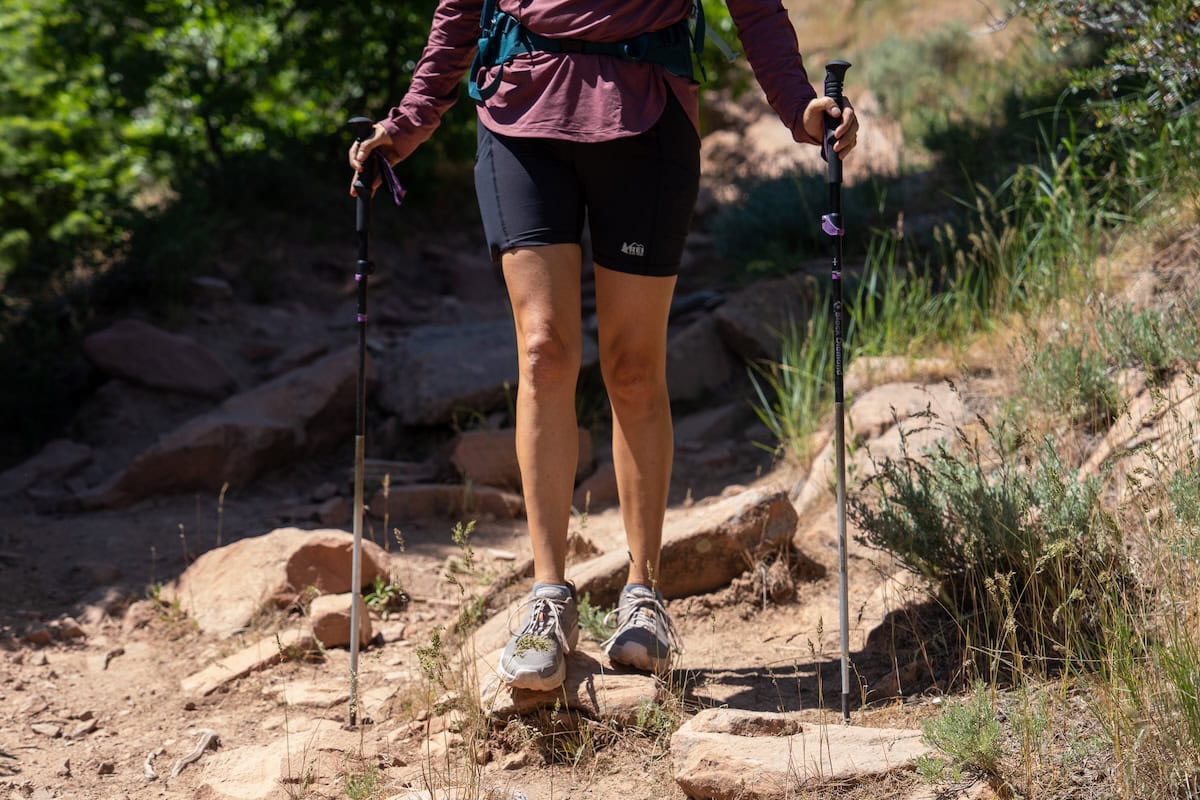
Despite the weight savings, the LT hasn’t sacrificed any of the protection or durability that made me fall in love with the original. The outsole grip, reinforced toe and heel, and O FIT Insole are all still there.
If you liked the original Katabatic, I think you’ll love the LT even more. It keeps everything that worked, and the minor upgrades make it an even better all-around hiking shoe for day hikes, travel, and light backpacking.
What I’d Change
Honestly, there’s not much I’d change. If anything, even though the standard width is right for me, I’d love to see the non-waterproof version offered in wide widths for people with a wider feet.
I’d also like a touch more padding in the tongue. But overall, these are small tradeoffs for how light, comfortable, and trail-ready these shoes are.
Where to Buy the Oboz Katabatic
The Oboz Katabatic LT is available in men’s and women’s through a variety of outdoor retailers.
They come in a few different colors. I have the Low non-waterproof in “Sparrow” and the Mid waterproof in “Fig”. I chose these colors because they show dirt less than the other colors and go with any outfit, but I also really love the teal-ish “Alpine Lake” if you’re looking for a pop of color.
Final Thoughts
If you’re looking for a hiking shoe that’s lightweight, comfortable, and capable of handling a wide range of trails, the Oboz Katabatic LT is a top contender. It’s become my everyday go-to, whether I’m squeezing in a quick hike with Herbie, logging miles on a rugged mountain trail, or heading out on a weekend trip where I need something that can handle a variety of conditions.
Between the reliable traction, well-balanced cushioning, and thoughtful construction, it’s solid all around. And with options for waterproofing, ankle support, and fit, you can pick the version that fits your hiking style best.
After wearing Oboz shoes for nearly a decade, I can confidently say the Katabatic LT is one of their best designs yet.
Have you tried the Katabatic LT or do you have questions about the fit? Drop a comment below—I’d love to hear what you think or help you figure out which version is right for you.

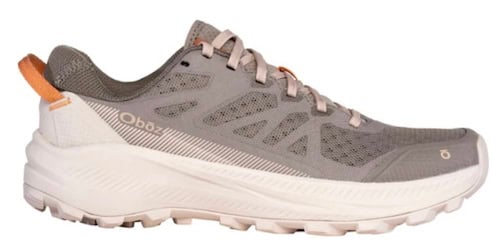
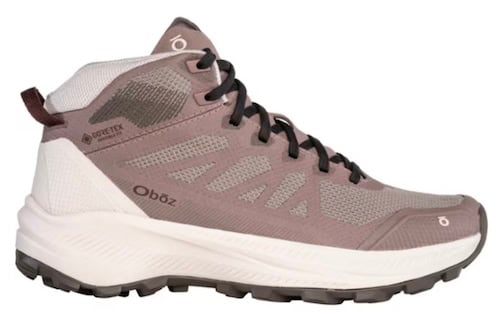
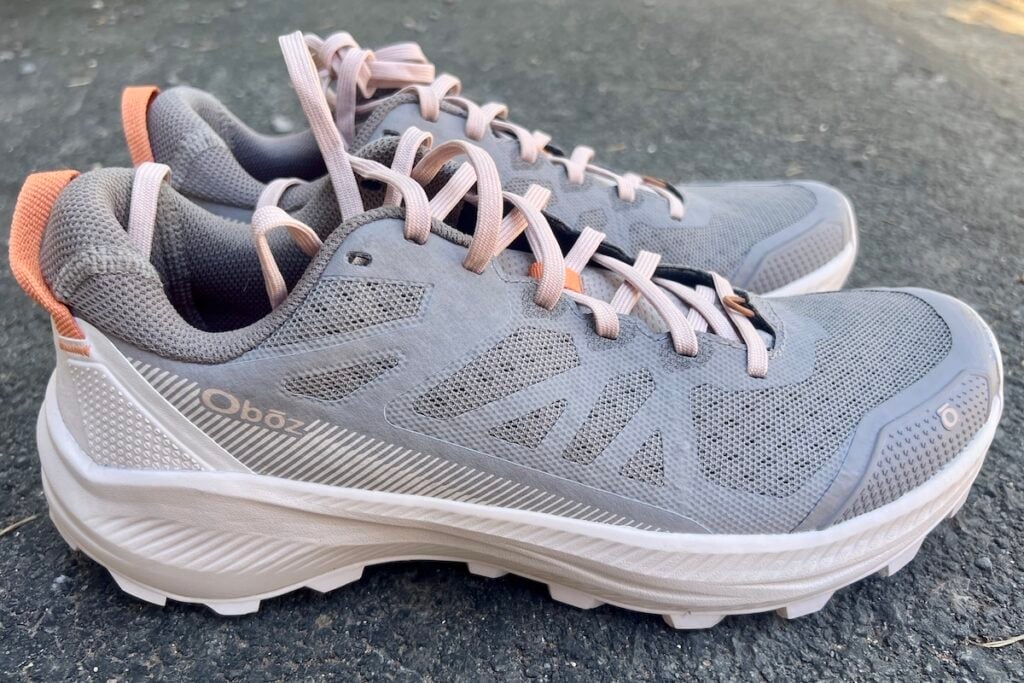
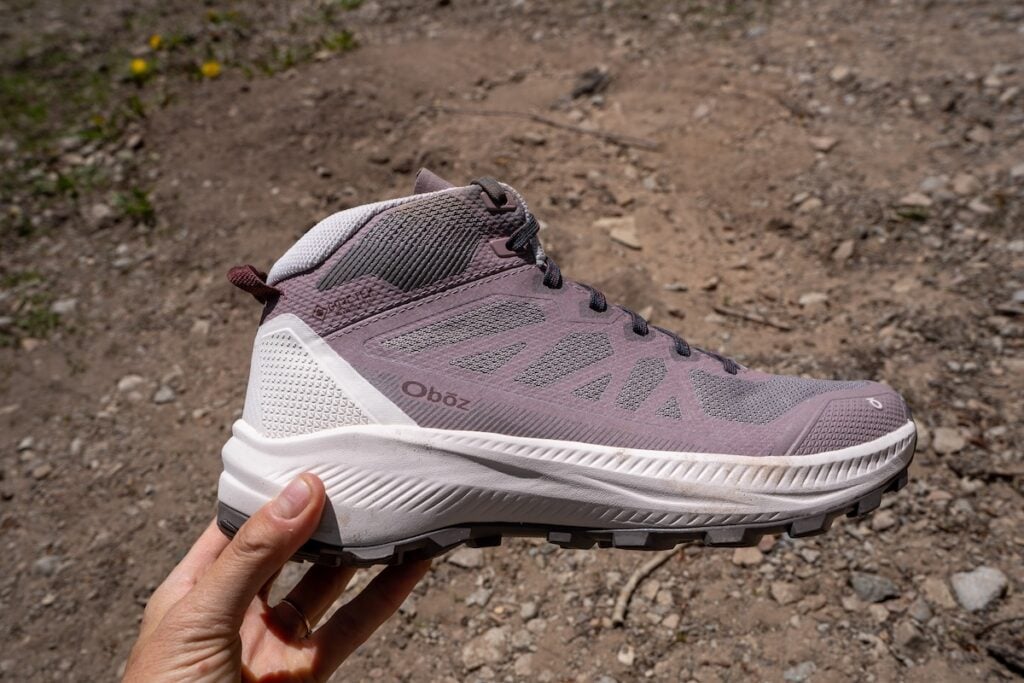
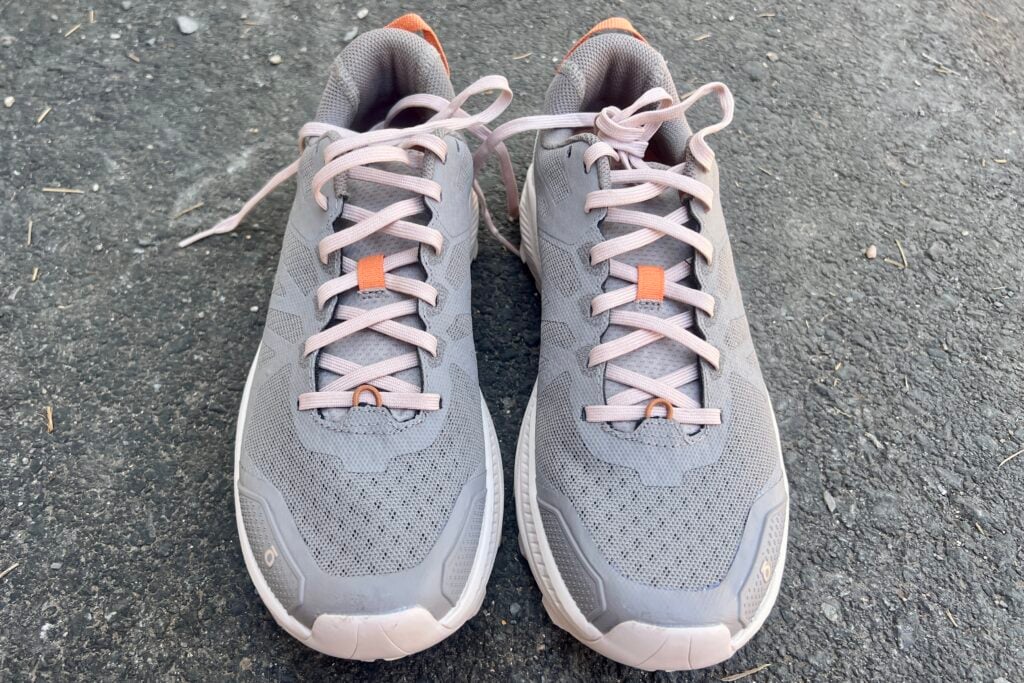
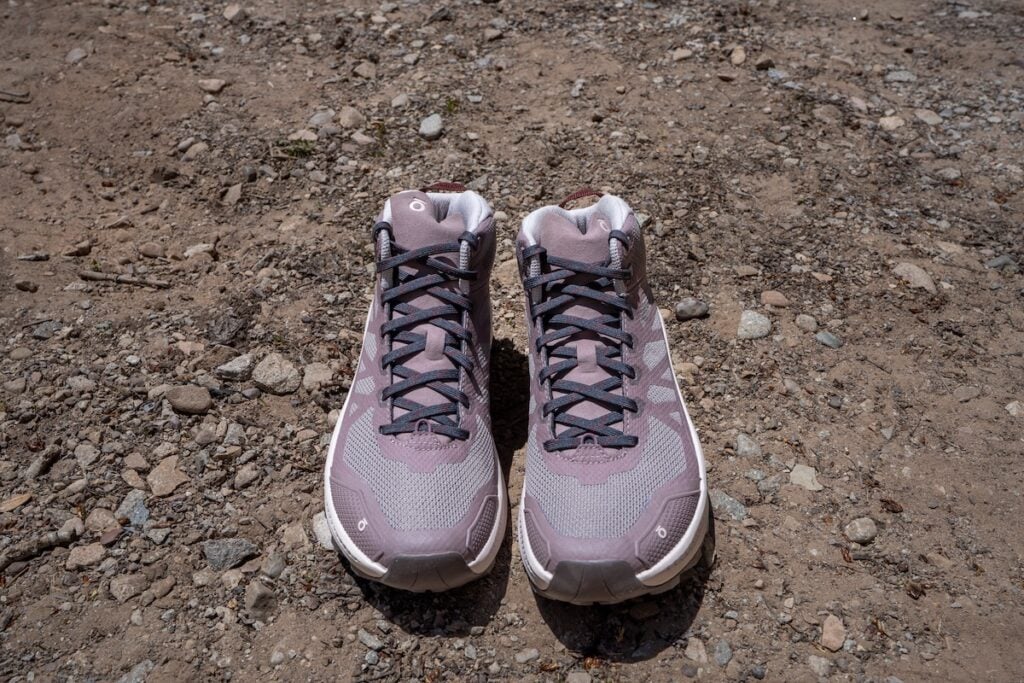
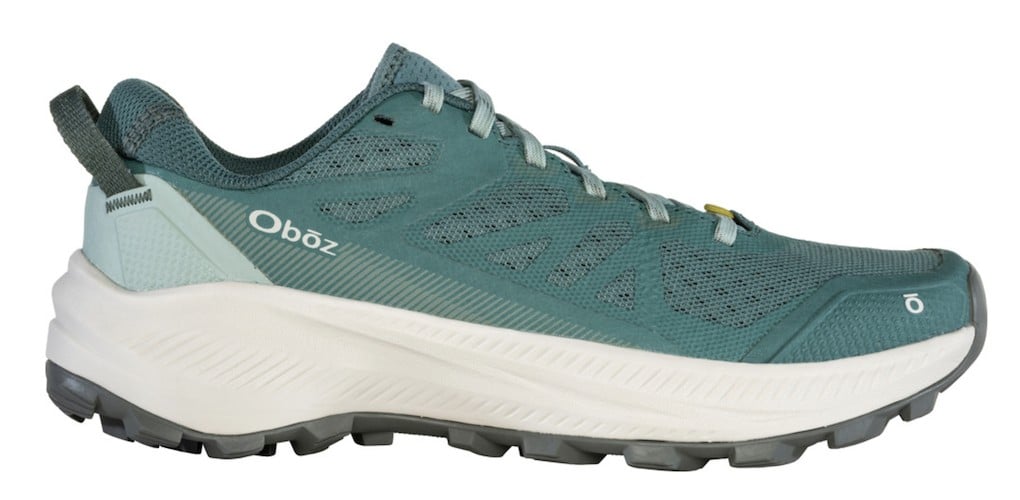
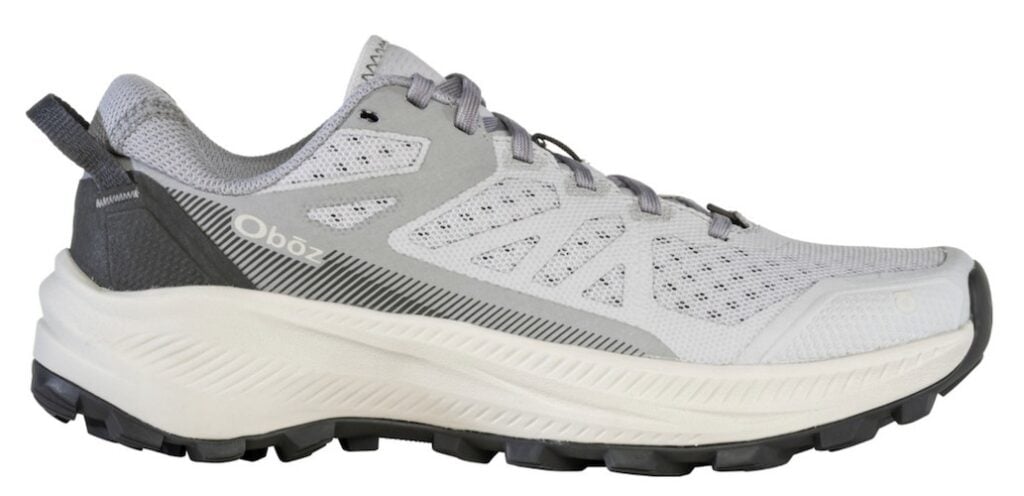
I’m looking at replacing my current hiking shoes. Please look and sound fabulous.
Good luck!
These look great! Thanks for sharing your experience.
Thanks & good luck!
I just recently bought my 1st pair of Oboz and love them they are very comfortable and lightweight hiking shoes!
Glad to hear it!! Good luck
Old tired feet and many mile to travel…
Can’t wait to try them!’
Good luck!
Love Oboz!
Wear many versions of the boots but not light weight trail shoes! Hope to try them out!
Glad to hear it! Good luck!
Love my Oboz. They are great for wide feet.
I have been wearing Oboz hiking boots for the past three years and I Love them!
Hi Kristi, love to hear it!!
These hiking shoes are inspirational.
I’ve had my eye on these for a while. The tread, comfort level and versatility sound perfect!
I’m enjoying following your adventures on Instagram. My husband sent an article to me on the best women’s undies for outdoor adventures that you wrote, and I’ve been enjoying your helpful insights on what works best that you share. I’m especially enjoying your blogging/vlogging of your trip this summer with a baby on board. We’re about to be grandparents for the first time, and researching all the awesome gear for having babies outdoors on adventures brings me joy. You have a happy reader in me 🙂 looking forward to seeing and reading more on your adventures this summer. I’m envious of your trip to Vancouver Island ❤️
Hi Joanna, I’m so glad you’ve been finding the blog & my stories on IG helpful. How exciting about becoming grandparents! A new adventure awaits 🙂 Thanks so much for reaching out and the kind words – it means a lot to hear from readers!
P. S. my husband and I both love Oboz! He has 3-4 pairs, and currently I have only 1 pair.
I had foot surgery in February 2023 followed by a complete ankle replacement March 2023 these shoes sound fantastic. It’s now June 2023 and I am learning how to walk again. I would love to have a pair of them but they are out of my price range.
Wishing you a speedy recovery & good luck!
Having teenagers that generally want to hang with friends instead of someone with a dad-bod, I made a resolution to work on a 6-pack (no, not beers) so I changed everything, intake, supplements, sleep protocols, hiking to name a few… Fast forward to June and no noteworthy improvement… So with my Dr’s help, I’ve decided to become sober and ad a regimen for hypertrophy… I will get there and will try those Oboze for sure.
Thanks,
Terry
Hi Terry, thanks for sharing your story & good luck. As someone who has also made quite a few of these lifestyle changes over the years (I used to be about 30lbs heavier until I started hiking) including going sober, it’s tough but worth it. Cheering for you from afar!
Would love to try these and enjoy them as much as you.
I have a pair now and love them
Awesome giveaway
Love the durable look as most hiking shoes are so tennis shoe plain. Love the chance at trying on a pair ♥️
Thank you for opportunity !
Have an old pair of Oboz, love them. They look a little shabby from creek crossings and red dirt but not planning on giving them up until a new pair is in my closet.
would love to try them
THIS SHOW WILL MEET THE REQUIREMENTS OF STAYING BALANCE AND NOT FALLING. iTS GREAT
I can’t wait to try these
I think I need these!
For me please
Hi!
Thinking of purchasing a pair of Oboz Katabatic but with flat feet and 2 previous knee surgeries I’m unsure. Can you speak to that all? Also. I’m curious if the toe box is roomy or not.
Thank You!
Shawn
Hi Shawn, there is a some arch support in these shoes but it’s not super noticeable. Our team ranges from more flat-footed to super high arch and none of us had any complaints about the arches – it felt supportive enough without making your feet ache. The toe box is pretty roomy as well.
That being said, hiking shoes are pretty specific to the person, and what works for one person might not work for another. I’d recommend buying from REI because of their generous return policy. If you try out the shoes a few times and find they don’t work for you, you can always return gently tested items.
Hi there, Any thoughts on ordering regular size vs. sizing up? Thanks!
Hi meg – I think the sizing is pretty accurate with the Katabatic